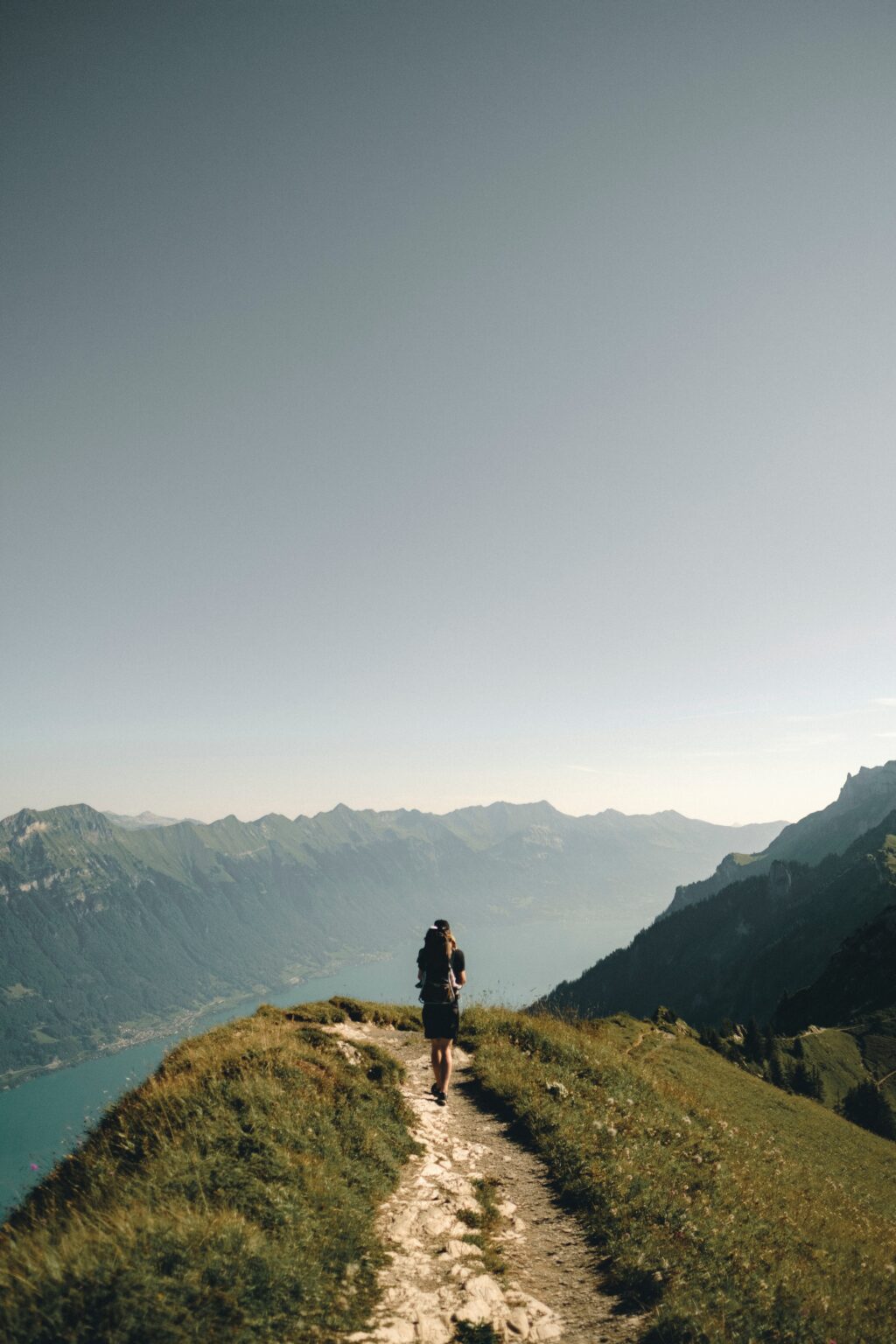As summer comes to a close, you’re likely starting to feel more excited to get out and hike the trails. Sure, summer hiking can be fun, but it can also be too hot, too buggy, and too muggy. Que the hiking essentials.
The cooler days allow for longer hikes, more colors to view, and fewer annoying insects.
Still, fall hikes do come with a level of unpredictability. One moment, you’re enjoying the warm sunshine; the next, you’re running for cover from a cold drizzle. It pays to prepare before hitting the trails this fall. If you follow the checklist below, you should be good to go.
IMAGE: UNSPLASH
1. Layers For Above
The first rule of autumn hiking is to dress in layers. The weather on a fall day can shift dramatically over the hours and even in a matter of minutes. You’ll have moments on your hike when you’re desperate to warm up and others when you’re sweltering.
Think a beanie, short-sleeved T-shirt, a long-sleeve overshirt, and an insulated jacket or sweatshirt. It’s always better to come prepared than to show up lacking a needed layer and suffer.
Of course, you don’t want to be too weighed down by extra things to carry, so focus on quality over quantity. Sporting a beanie with a brim to protect your eyes from the sun means you won’t have to bring another hat.
Wear tees and long-sleeved shirts of breathable cotton, and have a Carhartt hoodie in your closet to grab and go. High-quality, versatile clothing will help you streamline your layers to just a few items.
2. Sturdy Gear For Below
Another area in which to focus on quality is in dressing your bottom half. Your pants, boots, and socks can make or break a fall hike.
A great pair of hiking pants can eliminate the need for a bulkier backpack if they have extra pockets for storage. You can keep your pocket knife, phone, and navigation tools on your person for easy and immediate access.
Hiking or cargo pants should also be of sturdy material to prevent abrasions and keep you warm on cooler days.
High-quality boots and socks will keep you comfortable on your feet, no matter how long you’re on them. Hiking boots should have thick soles and good ankle support as well as insulation for your feet. Socks should be moisture-wicking and made from material that won’t rub and cause blisters.
Wool is the go-to material for most hiking socks, and merino wool is the current favorite of many hikers.
3. A Comfortable Backpack
While cargo pants will save you from having to carry a bulky, oversized pack, you’re still going to need a backpack of some kind. Unless you’re taking a super short hike with your car in near-immediate reach, you’ll want to have a few supplies on hand.
Choose a backpack with comfortable straps and enough compartments to store your various items.
First off, you’ll need a decent-sized center compartment to hold any layers you’re not currently wearing. Then you’ll appreciate some smaller exterior compartments to keep things like binoculars and field guides easily accessible.
While serious hikers might choose a hydration pack with a long, attached straw, that’s probably overkill for a weekend jaunt. A pack with a water bottle holder on the side will make it easy to remove and refill your hydration source when necessary.
4. Water And Food
Speaking of water, make sure you pack — or have access to — enough of it. If you’ll be in a state or national park with water fountains around every bend, you can simply refill your bottle as needed.
If not, plan to carry at least one liter of water for every two hours of hiking. Also, consider bringing electrolyte drinks, which will help replenish the salts and sugars your body loses as you sweat.
The warmer the weather and the more you move, the more hydration you’ll need.
In terms of food, pack high-protein snacks with a good mix of carbs that will keep your energy levels up. Many times, novice hikers think they’re tired because of the distance when it’s really their depleted energy stores.
Eat before you head out, and then bring foods like healthy snacks, trail mix, jerky, dried fruit, and protein bars to get you through. Humans are built to walk, and we can do it for a long time. But we can’t do it well without proper hydration and nutrition.
5. First Aid Essentials
Last but not least, keep a first-aid kit in your backpack. You’re probably not going to carry splints and banana bags around with you. You will, however, want band-aids, antiseptic wipes, antibacterial ointment, gauze pads, and a small pair of scissors.
Also include tweezers, antihistamines, and ibuprofen in your kit. While these items might seem unnecessary for a weekend hike, you’ll be grateful for them when you get a splinter or a bee sting.
If you’re really adventurous and plan to hike in areas known for a wildlife presence, consider extra protection. Bear mace is essential in some areas, so be sure to plan accordingly.
It’s a good idea to research a hiking trail before you head out so you know what to expect.
Like A Scout, Be Prepared
The best thing you can do before an autumn — or any — hike is to be prepared. Remember the old adage, “It’s better to have it and not need it than need it and not have it”? That’s certainly true when you hit the trails this fall. The right gear will make hiking more fun, and it might even save your life. Fall hikes are meant to be enjoyable — plan well, and they will be.
IMAGE: UNSPLASH
If you are interested in even more lifestyle-related articles and information from us here at Bit Rebels, then we have a lot to choose from.


COMMENTS